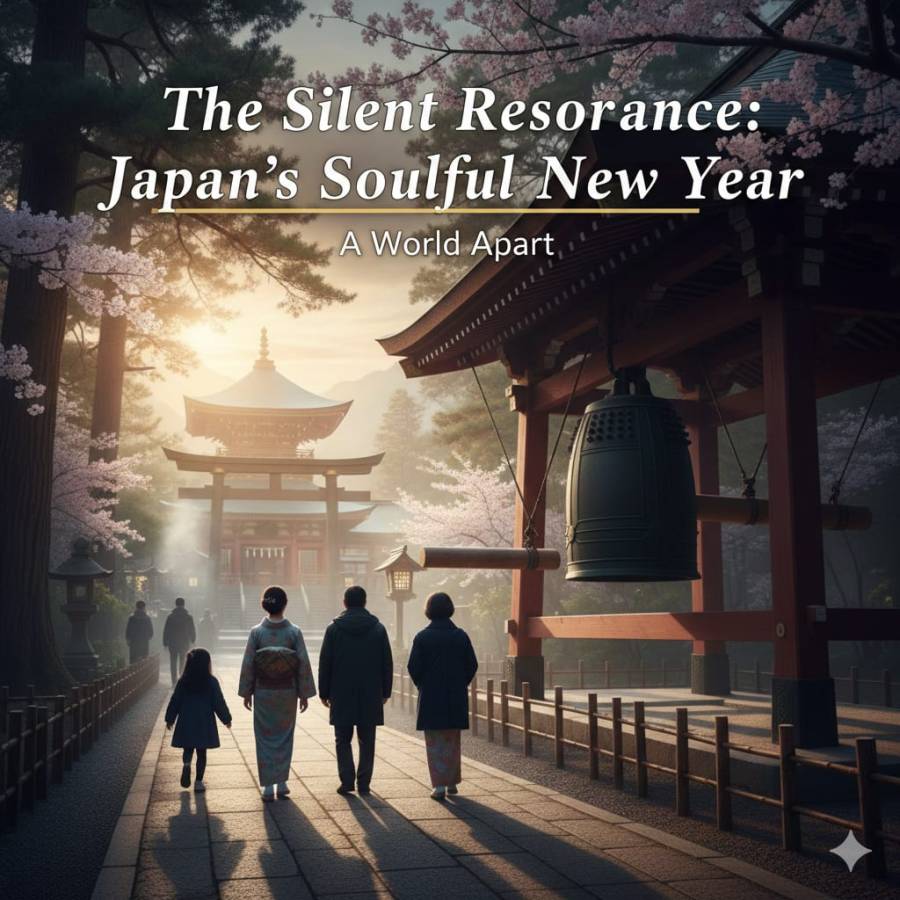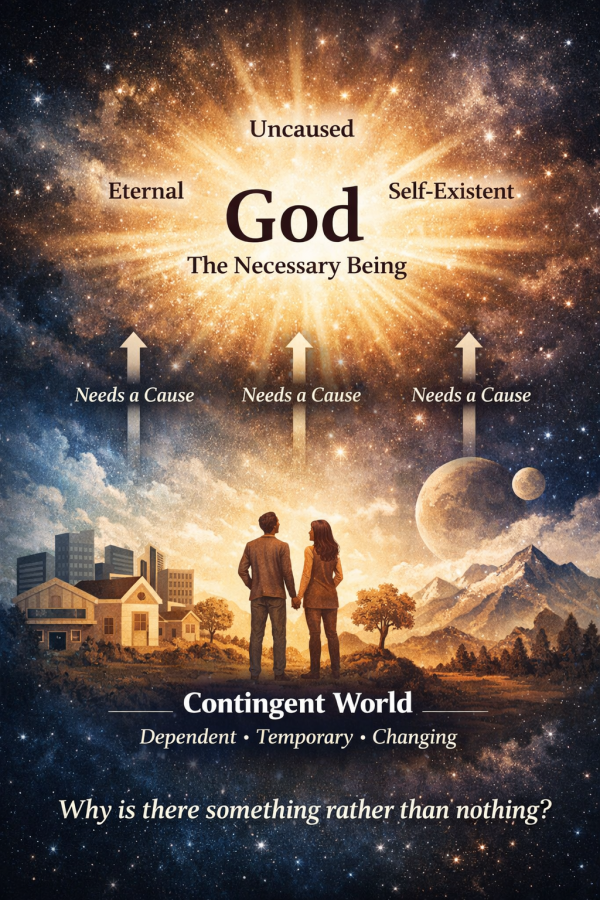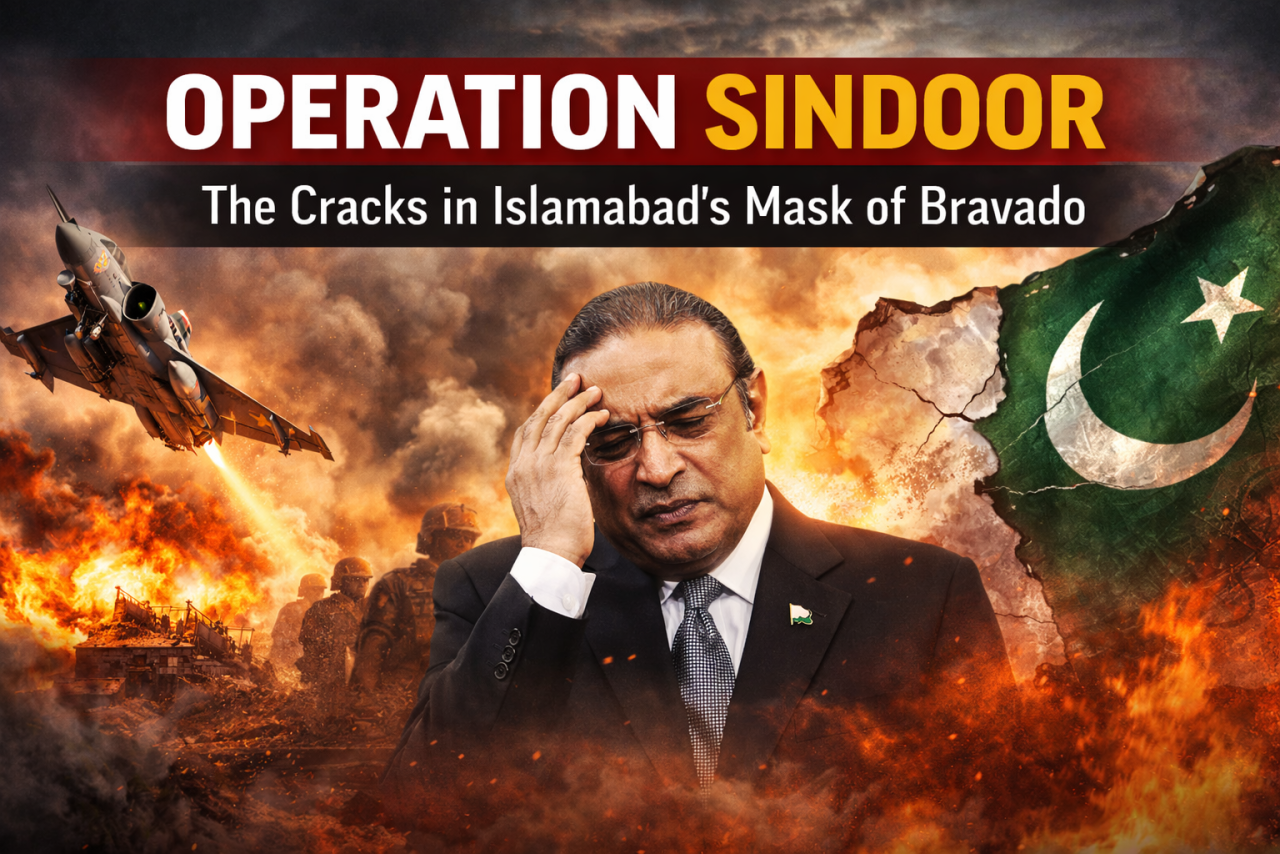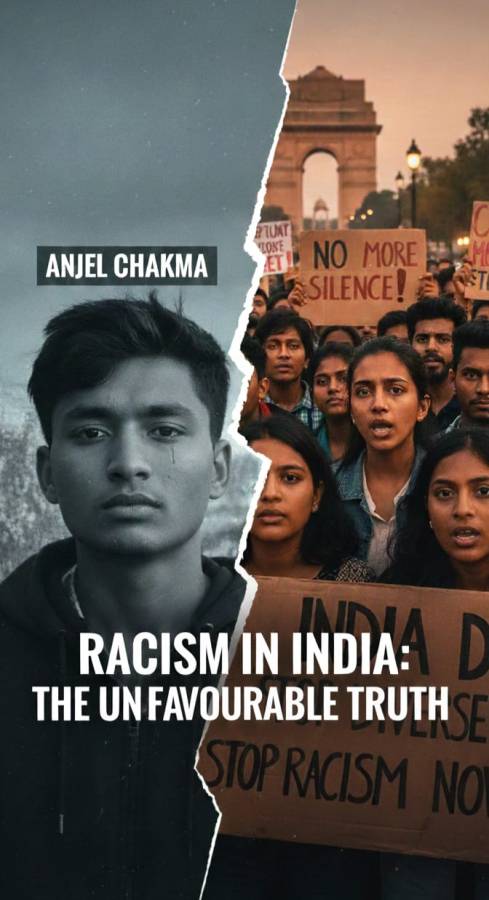
When airstrikes, ceasefires, and violations unfold in a matter of days, what do we call it—war, conflict, or calibrated confrontation?
When the sun rose over the Kashmir Valley on April 22, 2025, it carried the scent of spring and the smoke of tragedy. A terror attack in Pahalgam, ruthless in design and devastating in consequence, claimed over two dozen lives, most of them Indian tourists. The national mood hardened. The government promised retribution. Just over two weeks later, on May 7, the Indian Air Force struck terror training camps across the Line of Control, with precision strikes deep into Pakistan territories in the Punjab province.
Yet, amidst roaring jets, shaken bunkers, and frayed diplomacy, a curious question arose:
Was this a war?
The Indian government has been cautious, labelling the exchange a “limited conflict”. The phrase, while seemingly minor, carries immense geopolitical and legal weight. It’s not just a matter of semantics—it’s a matter of international positioning, diplomatic calibration, and the language of escalation.
The Semantics of Strategy
An insightful editorial by Sunetra Choudhury in the Hindustan Times makes a compelling case for why governments prefer the term “conflict” over “war.” Quoting Brahma Chellaney and other defence thinkers, she notes that “war” implies bilateral parity, triggers international protocols, and often requires parliamentary or legal authorisation. “Conflict,” on the other hand, offers strategic ambiguity, allowing room for calibrated responses without invoking global scrutiny.
It’s not just wordplay—it’s a tool of statecraft. Label a clash a “war,” and you invite U.N. resolutions and possible intervention. Call it a “conflict,” and you retain the reins of escalation.
Not Quite Kargil, Far from 1971
Historically, Indo-Pak tensions have erupted in various shades—full-blown wars in 1947, 1965, and 1971, and more restrained but intense conflict during the Kargil War of 1999. The Kargil intrusion was initiated by Pakistani troops occupying Indian high-altitude posts, prompting a two-month ground battle that ended with India reclaiming its territory by July.
By contrast, in 2025, there has been no troop movement across international borders, nor has India declared formal war. The absence of territorial occupation and the non-deployment of infantry on either side marks this episode as fundamentally different.
Instead, this is a case of cross-border terrorism followed by targeted air retaliation, complicated by ceasefire violations that betray an uneasy truce.
The Ceasefire Conundrum
On May 10, after rapid diplomatic engagements between the Director Generals of Military Operations (DGMOs) of both countries, a ceasefire was announced. But the ink was barely dry before Pakistan violated the ceasefire multiple times—shelling in Baramulla, drone activity in Sir Creek, and sniper attacks across Rajouri and Poonch.
Such behavior begs the question: Can a ceasefire be violated before it’s even observed?
The answer again lies in the realm of semantics. These violations are rarely termed “breaches of international peace,” but rather “hostile actions,” allowing both countries to maintain the façade of restraint.
What Do We Call It, Then?
A close analysis of the current tensions suggests that the appropriate classification isn’t “war” or even “border skirmish.” It is best described as:
“A Limited Armed Conflict with Cross-Theatre Escalation”
Here’s why:
- The engagement was initiated by a non-state actor, but retaliated against with state military assets.
- The scale of operations—stretching from Kashmir to Gujarat’s Sir Creek—indicates a multi-front engagement.
- The airstrikes were strategic, not symbolic, aimed at infrastructure, not civilians.
- The intent was punitive, not expansionist.
It’s also critical to note that technological advancements—from satellite surveillance to high-precision drone strikes—have changed the very nature of armed engagements. A war no longer requires tanks rumbling across borders. Geopolitical statements are now made through payloads and protocol.
Civilian Crossfire and Collateral Risks
One area where the current conflict resembles war is its civilian toll. The advanced munitions and extended range of weapons systems mean that villages near the LoC are constantly under threat. The 2025 escalation saw more than 12 civilians died, 40 injured and displacement of over 5,000 families from the border areas—a haunting echo of wars past, but without the formal declaration.
In contrast, the Kargil conflict was geographically contained and largely spared civilians. This makes the 2025 escalation more dangerous: unpredictable, widespread, and less bounded by terrain.
InsightfulTake: Words as Weapons
In diplomacy, words are weapons too. And the term “war” still remains the most powerful—and the most dangerous—word in a subcontinent with nuclear teeth.
For now, both nations have agreed to what is technically a ceasefire, but practically a pause between provocations. As of May 11, the border is tense, the skies are watched, and the silence is strategic.
But if this episode teaches us anything, it’s that the battle over terminology is as fierce as the one on the ground. For a nation, calling it a “war” has consequences. But for history, calling it a “conflict” may be too mild.
And so, between the rhetoric and the reality, between Islamabad and New Delhi, the truth floats—laced in gunpowder and diplomacy—waiting for a name.





















